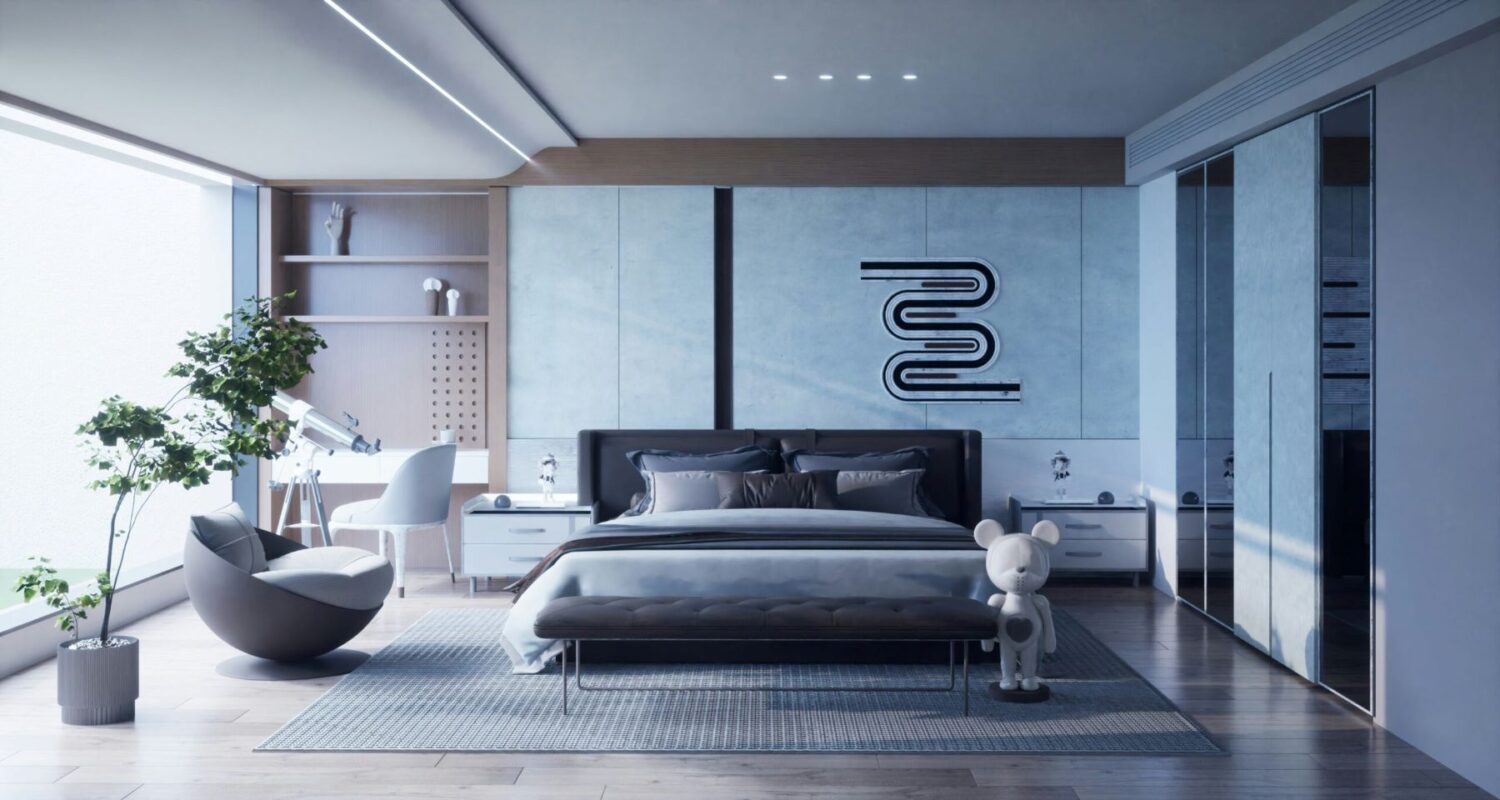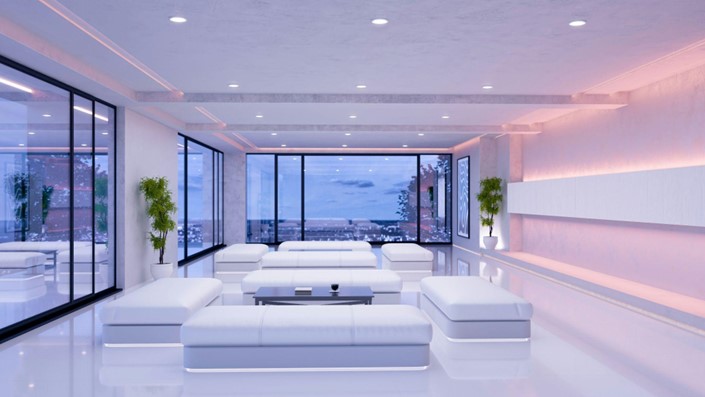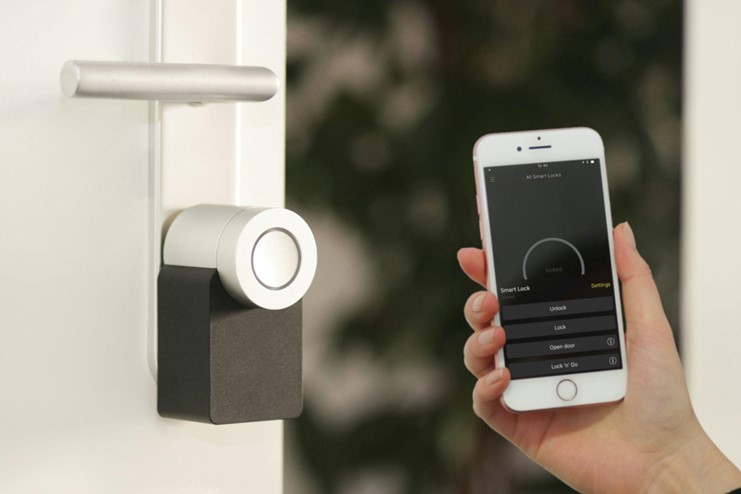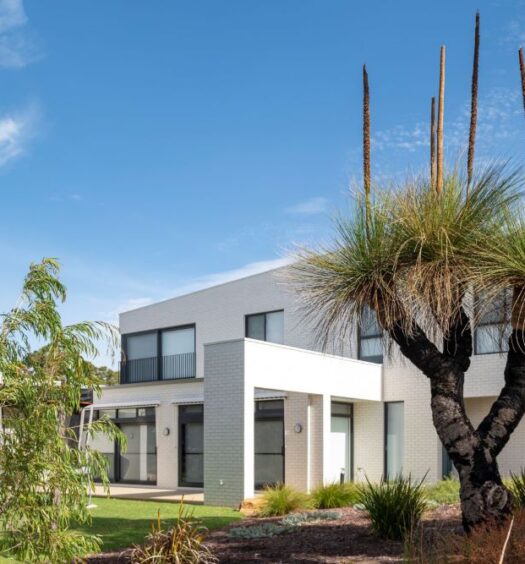In today’s most exclusive residences, luxury is being redefined. It is no longer solely about marble finishes, expansive pools, or panoramic views—it’s also about how seamlessly technology can integrate into every aspect of the home. As smart technology becomes more sophisticated, high-end homeowners and architects are embracing the future by weaving automation into the very fabric of bespoke design.
From managing lighting and temperature with a voice command to monitoring home security from halfway across the globe, home automation has evolved from a novelty to a defining feature of luxury living. But to incorporate these systems effectively, a custom home must be designed with technology in mind from day one.
The Essence of Smart Luxury
Smart luxury isn’t about flashy gadgets or futuristic gimmicks—it’s about intuitive, reliable systems that enhance how a home functions. The true brilliance of home automation lies in its ability to work invisibly in the background, making life more comfortable, efficient, and secure without disrupting the home’s aesthetic. Imagine a home where the lights dim as the sun sets, blinds adjust automatically to maintain privacy, and the air conditioning shifts based on your preferred room temperature—all without a finger lifted. These aren’t dreams of tomorrow—they are the realities of today’s most thoughtfully designed homes.
Of course, integrating this kind of system into a new build requires far more than simply selecting smart gadgets off the shelf. To function optimally, smart homes need a foundation built on technical precision and expert coordination. When it comes to systems that tie into plumbing—such as automatic irrigation, hot water recirculation systems, or remote temperature control for luxury bathtubs—there’s no substitute for professional input. That’s why many high-end projects enlist the services of specialists like Cameron from All Kind Gas & Plumbing, whose expertise ensures that intelligent water systems not only function flawlessly but remain hidden behind seamless design finishes.
Core Systems That Define a Smart Home
1. Lighting Control Systems
Automated lighting isn’t just about switching on and off remotely—it’s about ambiance, mood, and efficiency. Systems can be programmed to mimic circadian rhythms, helping homeowners feel more alert during the day and more relaxed in the evening. Motion sensors, timers, and geolocation triggers all work together to ensure your home is beautifully and practically lit 24/7.
2. Climate and Energy Management
Smart thermostats and zone-based heating or cooling systems learn daily routines and automatically adjust to maintain comfort while reducing energy waste. In luxury settings, these systems can be integrated with underfloor heating, solar panels, and even individual room occupancy sensors, providing a level of control and efficiency that manual systems simply can’t match.
3. Security and Surveillance
Discerning homeowners are increasingly adopting discreet but robust security systems. Facial recognition entry, app-controlled locks, and real-time video streaming allow for peace of mind whether you’re in bed or abroad. Smart systems also integrate with external lighting and alarm systems, ensuring that security is holistic and responsive.
4. Audio and Visual Entertainment
Multi-room audio and high-definition video can be fully integrated into the architecture of the home, allowing residents to enjoy music, cinema, or news in any room. From hidden speakers in garden walls to retractable cinema screens in lounge areas, these setups are designed for both performance and discretion.
5. Automated Shades and Windows
Motorized blinds, curtains, and skylights adjust in response to sunlight, heat, or user preference. These systems can also tie into security protocols, closing automatically when the home is unoccupied or at night.
Designing with Automation in Mind
One of the most common mistakes in smart home integration is attempting to retrofit automation into a completed build. By incorporating automation into the initial design phase, homeowners benefit from systems that are not only more efficient but also more visually discreet.
Pre-wiring for lighting, sound, internet, and security ensures flexibility as technology evolves. Likewise, integrating control panels into custom cabinetry or behind feature walls maintains the aesthetic appeal of high-end interiors.
Coordination between architects, designers, and tradespeople is essential. For instance, plumbing systems that support digital showers, automated garden irrigation, or water-saving technologies must be laid out early in the design. That’s why working with professionals ensures the infrastructure behind these systems is robust, future-proof, and designed with both efficiency and style in mind.
Smart Kitchens and Bathrooms: The New Standard
In custom homes, automation isn’t confined to living rooms or entertainment zones. Kitchens and bathrooms are seeing some of the most exciting innovations.
In the kitchen:
- Smart fridges can track inventory and suggest recipes.
- Automated faucets reduce water waste.
- Touchscreen splashbacks can display schedules, weather, or even TV.
In the bathroom:
- Digital showers allow users to pre-set preferred temperature and water pressure.
- Smart mirrors can display the day’s news, adjust lighting for makeup or shaving, and even act as a voice assistant hub.
- Heated flooring tied to smart schedules adds both luxury and practicality.
These innovations not only deliver convenience but also create a uniquely personalised environment.
Environmental Efficiency Through Automation
Another benefit of home automation—especially relevant to today’s eco-conscious clients—is its capacity to reduce waste and increase sustainability. By optimizing energy and water usage, smart homes are naturally more efficient. And efficiency doesn’t mean sacrificing comfort.
According to the ENERGY STAR Smart Home Energy Management Systems, homes that utilize certified automation systems for energy management can save between 10–30% annually on energy costs. These systems work in tandem to turn off unused appliances, adjust HVAC systems automatically, and schedule high-energy-use appliances during off-peak hours.
With climate change and energy prices front of mind for many homeowners, integrating sustainability into luxury isn’t just a smart decision—it’s becoming a standard expectation.
The Importance of Interoperability
The market is flooded with smart home products—but luxury homeowners must look beyond flashy features to ensure systems work together. The best results come from systems designed to integrate into a central smart home hub, allowing the lighting, security, HVAC, and entertainment to communicate.
Whether using platforms like Control4, Crestron, or Savant, working with a knowledgeable installer ensures the smart home is cohesive and user-friendly. More importantly, it ensures that the system remains adaptable as new technologies emerge.
Future-Proofing the Smart Home
Technology evolves rapidly. Today’s cutting-edge hardware can become tomorrow’s obsolete hardware. That’s why future-proofing is essential. By selecting scalable systems, ensuring software updates are supported, and building with modularity in mind, homeowners can avoid the need for disruptive and expensive renovations just a few years down the line.
Voice control, gesture recognition, and even AI-driven predictive systems are on the horizon. Building with flexibility in mind today ensures you’re ready for whatever innovation comes tomorrow.
The smartest homes are those where the technology is felt, not seen—where lighting shifts naturally, entertainment flows effortlessly, and every space is tailored to the rhythms of its occupants. In luxury homes, automation is not about showing off—it’s about elevating the everyday into something exceptional.
For custom home builders and homeowners looking to embrace the future without compromising design integrity, the key lies in collaboration. Bringing together architects, interior designers, and experienced professionals ensures that every pipe, wire, and panel works in harmony with the home’s aesthetic and functionality.
Home automation is no longer a futuristic concept. It’s here, it’s elegant, and when done right, it becomes an inseparable part of what makes a custom home truly luxurious.






